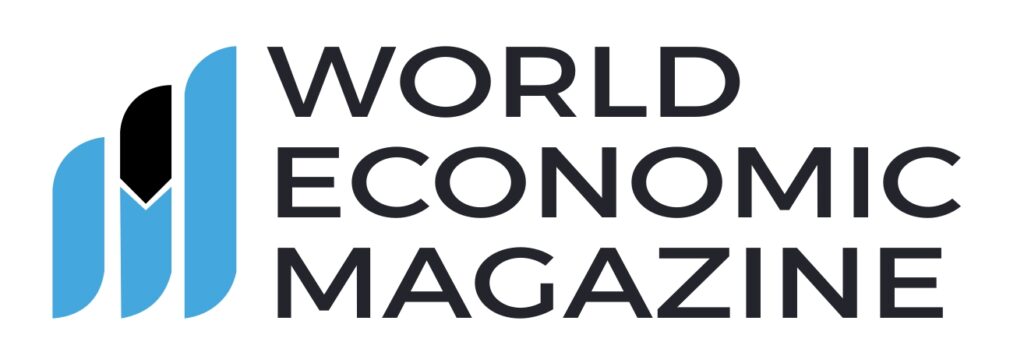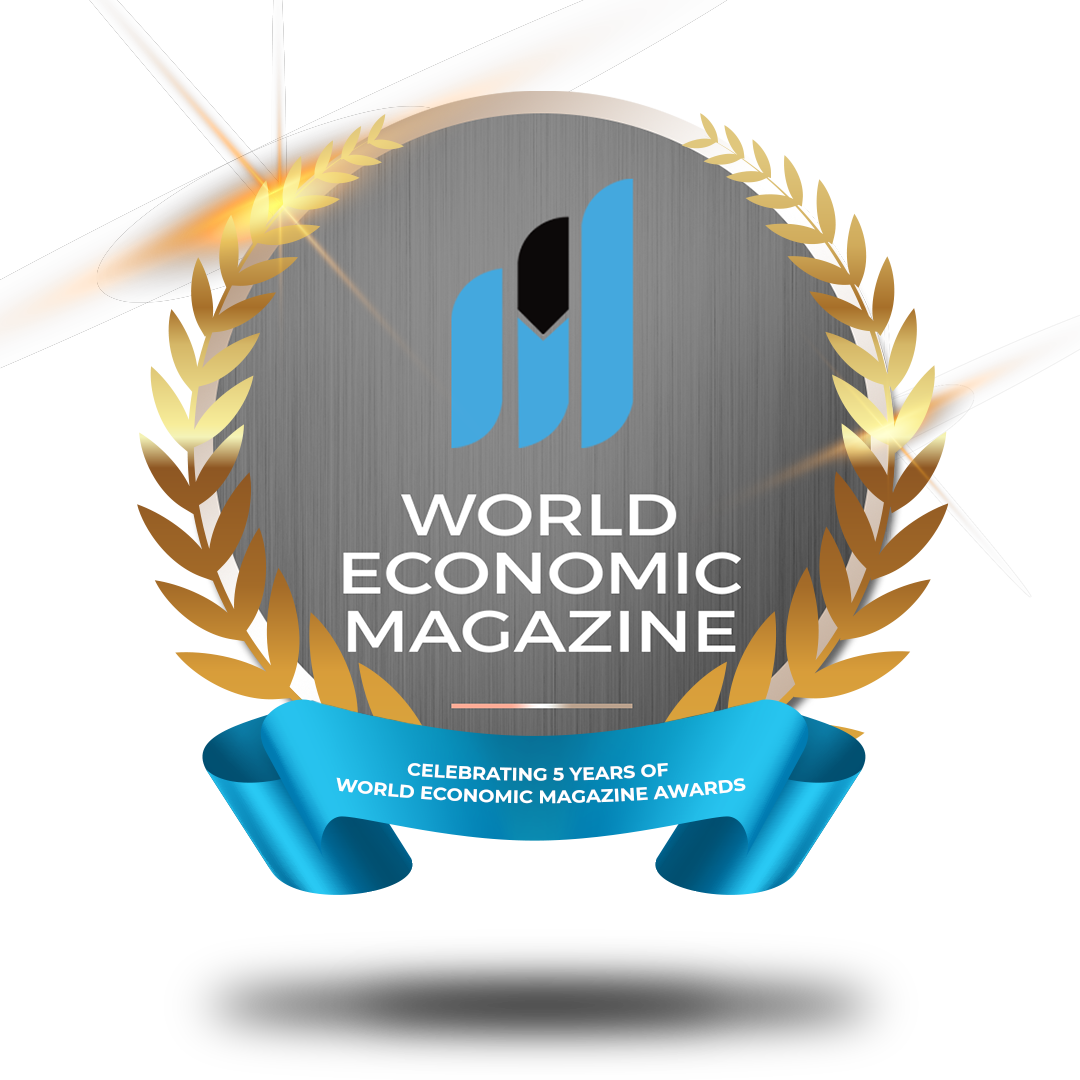
The Economic Challenges of the Post-Covid World!
What are the other pressing issues that people face today, and are there any alternatives? Many political parties and organizations are attempting to resolve issues pertaining to the global economic situation. The goal is to quantify these issues by providing decision makers and representatives with a precise and clear picture of the major concerns as seen by field specialists.
As mentioned in one of the best economic magazines the World Bank’s updated Global Economic Prospects review, the global economy will experience a considerable setback in 2021, owing to new risks from COVID-19 variants and a boost in rising prices, debt, and economic disparity, which may jeopardize recovery in emerging market economies. Global growth is expected to slow significantly from 5.5 percent in 2021 to 4.1 percent in 2022 and 3.2 percent in 2023 as shaped demand fades and financial and political assistance is dismantled globally.
The rising prevalence of the Omicron type indicates that the disease outbreak will continue to disrupt financial operations in the short term. Furthermore, a significant slowdown in large economies such as the United States and China will have an impact on emerging market economies. New COVID-19 flare-ups, ongoing supply-chain slowdowns and rising inflation, and increased economic risks across the globe could increase the risk of a hard fall at a time when governments in so many emerging economies have little policy space to endorse action if needed.
The downturn will be accompanied by a growing disparity in growth rates between developed and emerging and developing economies. Expansion in developed economies is expected to slow from 5% in 2021 to 3.8 % in 2022 and 2.3 % in 2023—a pace that, while slowing, would be sufficient to restore output and financing to pre-pandemic levels.
All the while, rising inflation, which disproportionately affects low-wage workers, is limiting the money supply. Inflation has been at an all-time high since 2008, both globally and in developed economies. It has risen to its highest point in emerging market economies since 2011 as mentioned in many Global financial magazines 2022. Despite the fact that the recovery is far from complete, many emerging markets are withdrawing policy support to keep rising inflation in check.
All the while, rising prices, which disproportionately affect low-wage workers, are constraining the monetary system. Inflation has been at an all-time high since 2008, both globally and in developed economies. It has already reached the highest level in emerging markets since 2011. Many emerging market economies are reducing policy funding to keep rising inflation in check, even though the recovery is far from complete.
The most recent Global Economic Prospects report in one of the best global economic magazines includes informative segments that provide new information and insight into three emerging barriers to long-term recovery in emerging economies. The first contrasts the G20 Common Framework, the most recent global initiative to address massive debt in emerging economies, with prior organized debt reduction approaches. It concludes that potential organized debt restructuring measures will face greater obstacles after mentioning that COVID-19 increased global total debt to its highest level in half a century despite the creditors’ landscape becoming more complex. Attempting to apply lessons learned from previous regulatory changes to the G20 Common Framework can increase its efficiency and reduce flaws that plagued previous initiatives.
The second explanatory section looks into the implications of commodity price growth cycles for emerging economies, the majority of which rely heavily on export markets. It discovers that these patterns were especially severe in the last two years, when commodity prices fell with the introduction of COVID-19 and then soared, reaching all-time highs in some cases last year. Commodity market expansion cycles will undoubtedly continue due to global macroeconomic and commodity supply factors. Climate change and the energy transition away from fossil fuels may lengthen these periods for a variety of goods and services.
The analysis also shows that commodity-price booms since the 1970s have tended to be larger than busts, creating significant opportunities for stronger and more sustainable growth in commodity-exporting countries—if they employ disciplined policies during booms to take advantage of windfalls.
The 3rd explanatory section analyzed the influence of COVID-19 on global disparity. It concludes that the covid-19 outbreak has increased global income disparity, partially rolling back the two-decade downturn. It has also risen unfairness in several other areas of human activity, such as vaccine accessibility, economic expansion, accessibility to health care, and the magnitude of job and earnings losses, that has been greater for women and low-skilled and casual laborers. This pattern has the opportunity to lift long-term ramifications: for instance, human capital losses caused by interruptions in education can reverberate across generations. When we meet again in a year, we expect most of these issues to be front and center. There are many Global financial magazines 2022 that truly focus on the real issues and serve as a voice in terms of problem solving.



